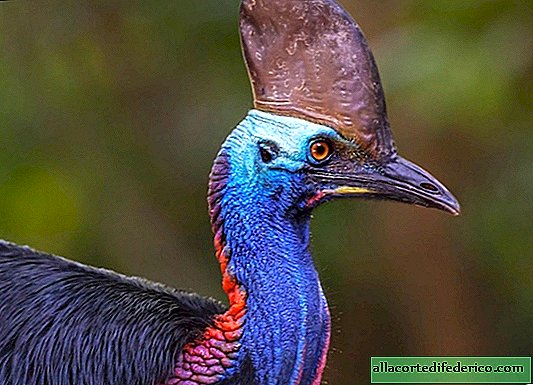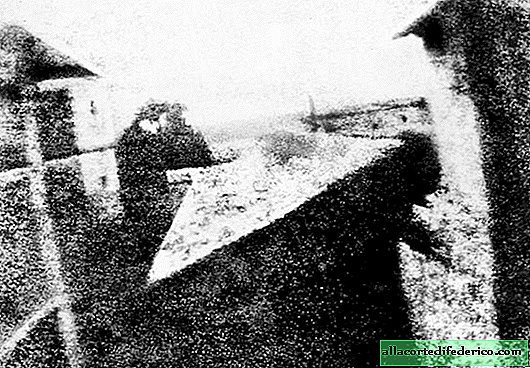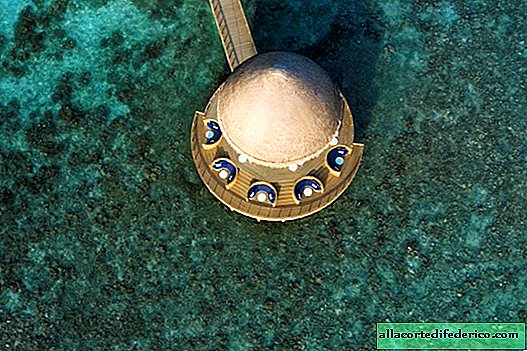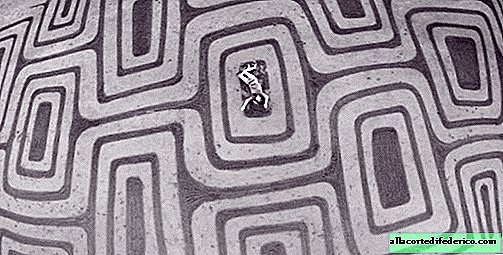The answer is found: scientists finally realized why the cassowary needs a helmet on his head
Cassowaries living in New Guinea and the adjacent parts of Australia are considered the most dangerous birds on the planet. Due to the obstinate nature and dangerous claws, they are reluctantly bred in zoos, and cases of attack of these birds on people are quite common. But these flightless birds are interesting not only by their tempestuous disposition, but also by the unusual crest located on their head, the purpose of which ornithologists have long argued about.

This part of the body, the so-called helmet, is present in all three types of cassowary and is a dense horn outgrowth. The presence of such an impressive accessory on the head was reflected in the name of the bird, because the cassowary translated from the Papuan language is nothing more than a "horned head".

There was a version that this helmet serves the birds as a sound resonator, with it they communicate with their fellow tribesmen, because in a dense tropical forest at ground level, sounds propagate differently than on the plain or in the crowns of trees. According to another theory, a cassowary helmet is a convenient tool for clearing the way, because cassowaries, who are unable to fly, walk or run on the ground. A number of researchers note that when running fast, some cassowaries bow their heads and clear their way with a characteristic movement. But a group of Australian scientists from Melbourne was finally able to answer the question about the purpose of this helmet, and the thermal imager helped them in this.
 Photo source: //www.nature.com
Photo source: //www.nature.comA device that can determine the surface temperature at a certain distance, scientists used to study cassowary. As experimental animals were 20 birds from Australian zoos. Scientists measured their body temperature under various weather conditions. It turned out that during low ambient temperatures, the helmet of the cassowary practically does not produce heat. But as soon as the air temperature exceeded 30 ° C in the shade, the horn tissue on the bird’s head began to actively radiate heat, thereby lowering the body temperature of the bird itself. It turns out that the cassowary helmet is nothing more than a thermoregulating organ that helps the bird not to overheat during the sweltering heat.


















